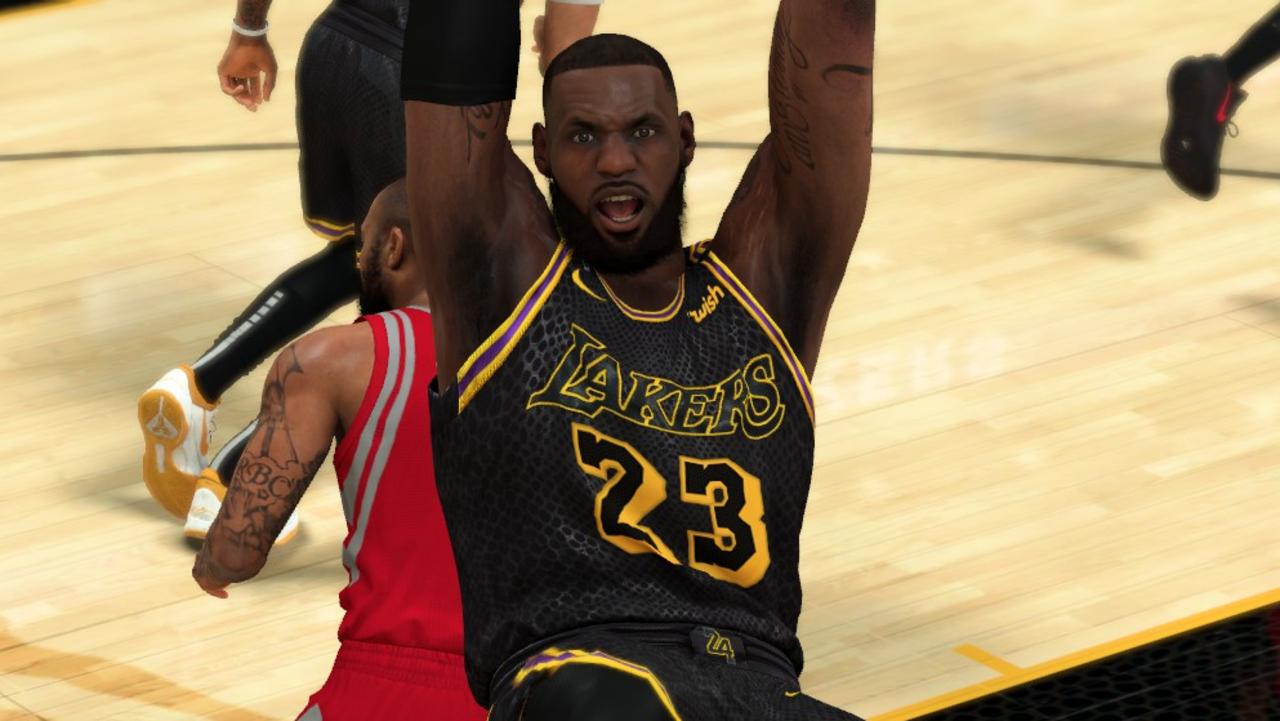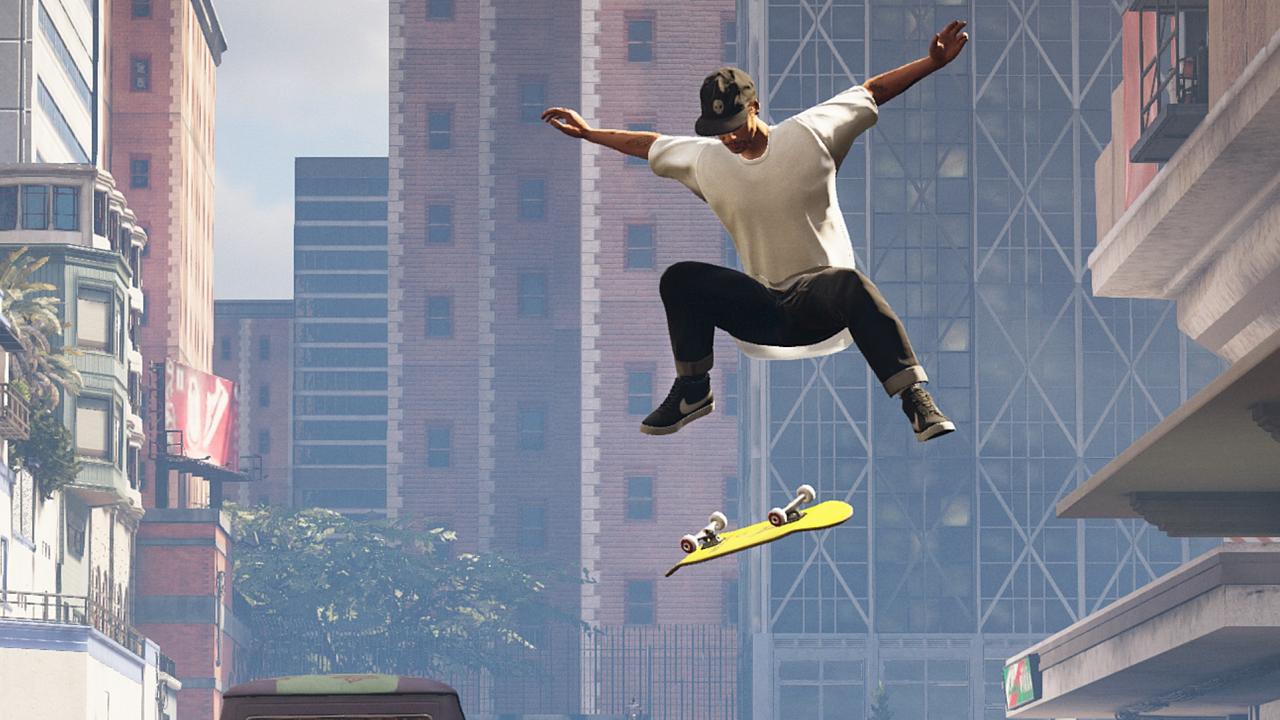Plenty of action and some touching moments among all the chaos
If you like zombie games and you own a PlayStation 4, you’re going to want to make this your new obsession.
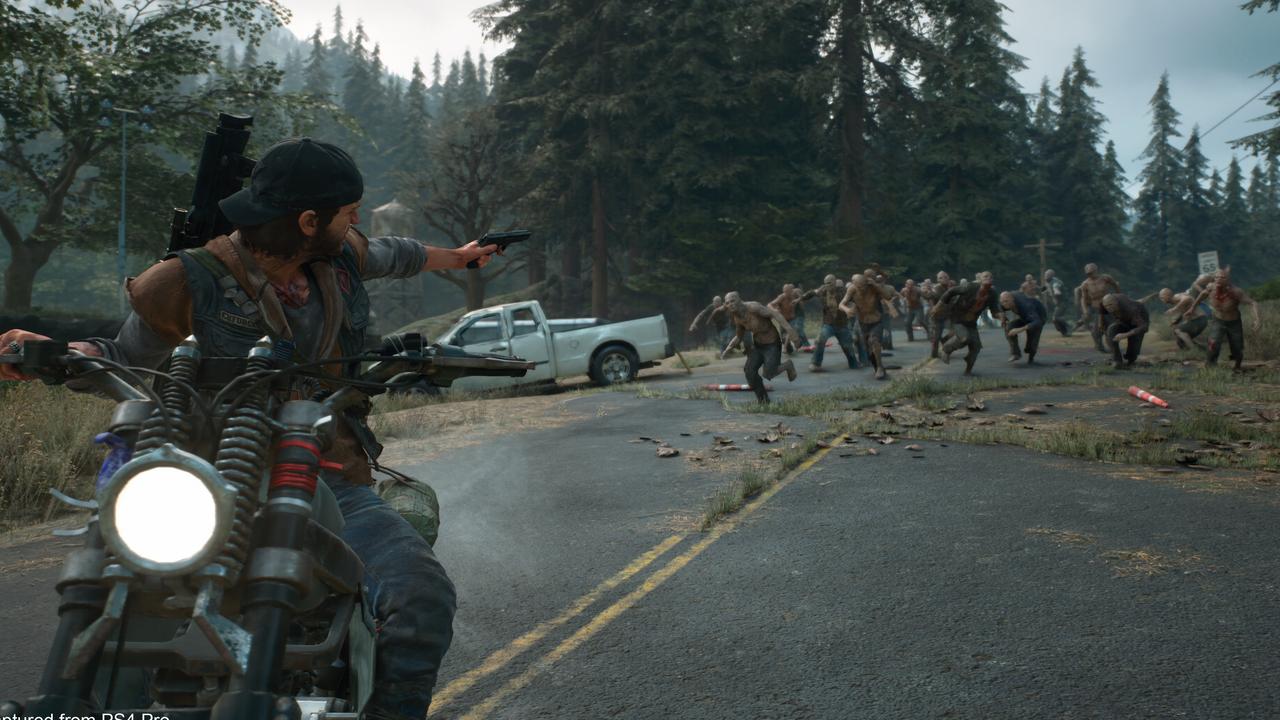
What is the best way to escape from a zombie horde when the world ends?
Car? 4WD? Blackhawk helicopter? A Bushmaster armoured personnel carrier?
How about a motorbike? That’d be pretty cool, right? Yes it would. So that’s why it’s your main mode of transportation in post-zombie-apocalyptic adventure Days Gone — and you’ll be very glad it is.
Developed by Bend studio and published by Sony exclusively for the PlayStation 4, Days Gone is an open-world story driven adventure set after a virus has killed most of the population and turned of the rest into 28 Days Later-style rage-freaks.
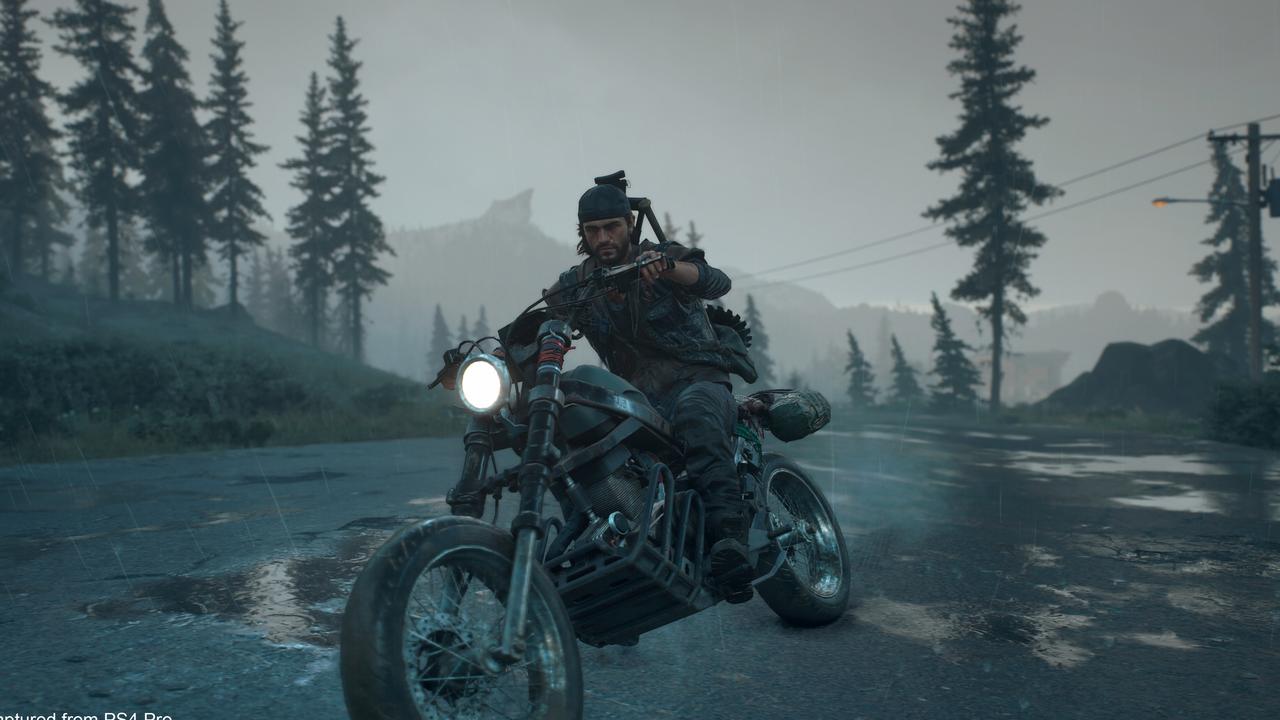
Your character is Deacon St John, an outlaw motorcycle club member, described as ‘a bounty hunter’ in the marketing materials) and yes, the Sons of Anarchy influences are obvious throughout the game.
Deacon, his wife Sarah, and his best friend Boozer are caught up in a zombie outbreak in the town of Farewell in the US state of Oregon, and during the chaos Sarah is critically stabbed. Deacon and Boozer manage to get her to an evacuation helicopter, where one of the medics aboard gives them the location of a refugee camp they’re being evacuated to.
As it turns out, by the time Deacon and Boozer get there, the camp had been overrun with zombies (referred to as ‘freaks’ in the game) — leaving no survivors. Fast forward two years and a grieving Deacon and stoic Boozer are drifting around rural Oregon doing supply runs and assorted odd jobs for some of the survivor encampments, which is where the game events kick off.
All your favourite zombie movie and game tropes are here — hordes of the undead, desperate survivors, government conspiracies, and other people being more of a threat than the zombies, and so on.

Most of the usual open-world game stuff you’d expect is here too, including scavenging for parts and supplies, but with the difference that your primary mode of conveyance is your trusty motorbike, which must be kept fuelled and repaired and can be upgraded. The fuel element is an interesting touch — your bike drinks petrol like Australians drink beer at Oktoberfest, so you need to monitor the fuel gauge in case you run dry in the proximity of a zombie horde.
I never found myself completely stranded, but I certainly had some tense moments when I realised it was dark, my petrol was getting low, and the nearest lootable fuel source was slightly further away that I was sure I could reach without problems.
The motorbike riding is well done indeed, and I loved some of the heart-pounding moments of trying to outrun zombies or make a dramatic escape by ramping off a wrecked bridge to escape a horse. The bike sounds good, handles well, and allows you to experience the game world while still being vulnerable to its threats at the same time, ensuring you don’t get complacent.

The game world looks great — especially on a 4K QLED TV — and the decision to set the game in a rural area is a good one, but my PS4 Pro was clearly struggling with the processing demands; there were some long load times, some occasional stuttering and a few noticeable graphical pop-ins (where objects in the game world suddenly appeared out of thin air in the middle distance).
The survivor camps all have their own currency and trust levels, so just because the survivalist camp likes you and has extended you a huge amount of credit for guns and ammo and fuel doesn’t mean you can use that credit or trust at the Hot Springs work camp. It’s a nice touch that adds to the believable world.
In some ways the game felt a bit like State of Decay, but with only one playable character and no base building. I love the State of Decay games so that’s not a criticism, but it’s worth understanding this isn’t a new instalment in the iconic The Last of Us games series either.
The story is generally well done, however, but has some inconsistencies — for example, a key element is trying to keep your fellow motorcycle club member Boozer alive after a serious (non-zombie attack related) wound he has suffered gets infected.
You spend hours of game time riding all over rural Oregon looking for medicine for him, but it’s never explained why the medkits you use on yourself couldn’t heal him, or why you can’t use one of the experimental health-increasing injectors you find in abandoned government medical units on him.
One of the enemies you deal with are a cult known as “Rippers”, who worship the zombies and are actively trying to regress to a barbaric state for some reason. Their whole premise and implementation feels totally out of place in what’s supposed to be a believable end of the world scenario. One of the NPCs even comments on this later in the game.
There’s also a lot of stuff your character clearly knows but you as a player are left to find out yourself — backstories with other characters, how events played out, that sort of thing. In moderation this can be an effective storytelling device, but I found it to jarring when your character conveniently forgets things until it suits the plot for him to remember them.
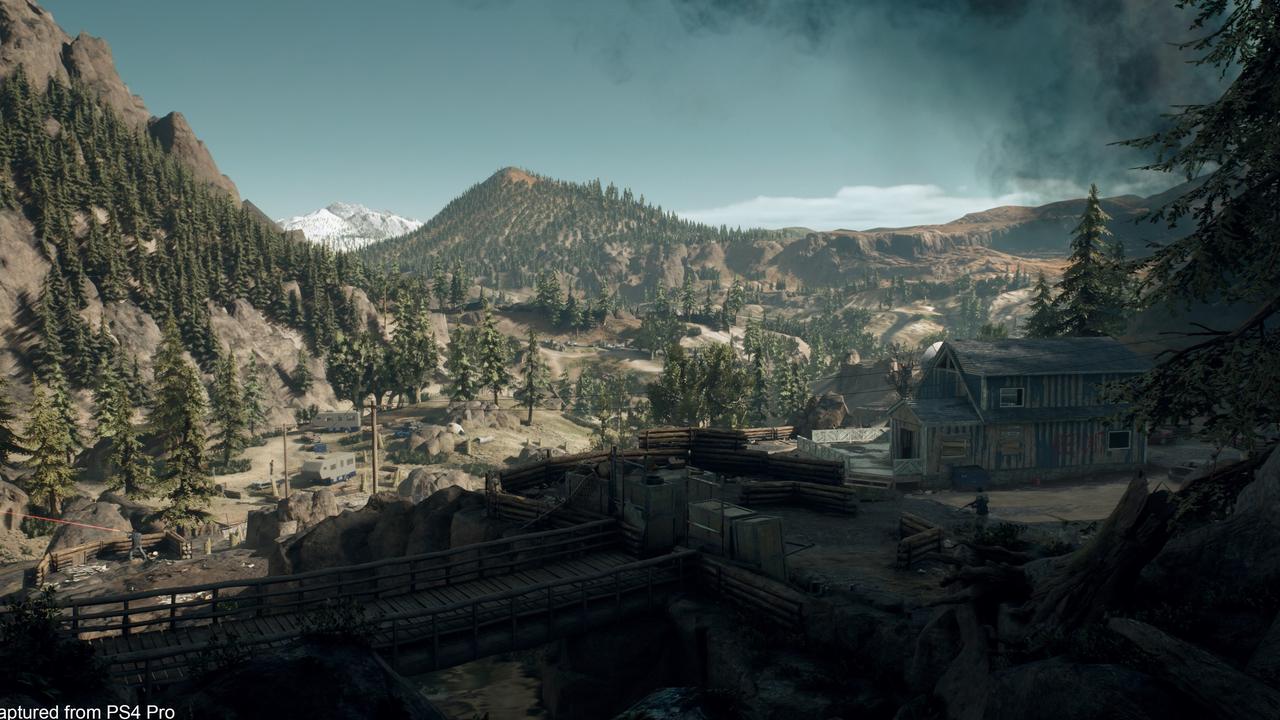
For a game about zombies, they’re not really your main foe, either — I reckon I killed far more human enemies in the game than zombies. Outside the encampments, the game didn’t give me the option to talk to people or barter with them or threaten them into leaving me alone and pretty much everyone Deacon encounters in the wild is an enemy.
While some bandits and marauders are to be expected, I found the fact I spent so much time killing other survivors — because the game required it — to be quite jarring.
Days Gone is a big game — I must have put 40+ hours into it over the course of this review — but I wasn’t really sure where it was going quite a bit of the time. Without spoiling anything, as soon as a key plot line would resolve, it would open up another one and while I wasn’t complaining — I enjoyed the game — I wasn’t seeing any immediately obvious conclusion to the main story on the horizon when I had to put the game down to file this review, either.
The characterisation was hit and miss, too — while there are some interesting supporting characters, and your character is clearly suffering from PTSD and still mourning his wife, he’s also an irrational jerk quite a bit too.
He frequently fails to ask very obvious questions when given the opportunity and there’s a multi-hour storyline later in the game involving a lot of elaborate ruse and deception which would have been entirely unnecessary if Deacon had just clearly said “This is what I’m looking for and why” at the outset.
There is a woman in one of the encampments who obviously seems to care for him as more than a friend, and instead of saying “Sorry, I’m still not finished grieving” or whatever, Deacon is just vague and keeps brushing her off, while later on in the story there’s an extremely annoying character which Deacon should by all rights ignore, but instead wastes a lot of time helping for no discernible reason.
Combat is a big element of the game and is straightforward — there’s a range of weapons available, including handguns, spiked bats and long arms and things certainly get frantic when there’s a lot of zombies descending on you.
You can upgrade your skills and kit, and it makes a big difference, which is just as well because you’ll be doing a lot of fighting.
To employ an almost obligatory motoring metaphor, for the most part Days Gone is a tank of 95 Octane premium unleaded petrol, but there’s also quite a bit of E10 fuel in the mixture, which ends up holding the experience back and prevents it from really being able to open the throttle up.
Having said that, it is a good game and there’s a lot to enjoy here, as long as you aren’t expecting post-apocalyptic Red Dead Redemption 2 with motorcycles.
If you like zombie games and you own a PlayStation 4, you’re going to want to saddle up your steel horse for Days Gone.
It’s not perfect, but it’s a solid adventure that’ll keep you going for a while with an interesting world to explore, a good story, plenty of action and some touching moments among all the chaos too.
Originally published as Plenty of action and some touching moments among all the chaos

